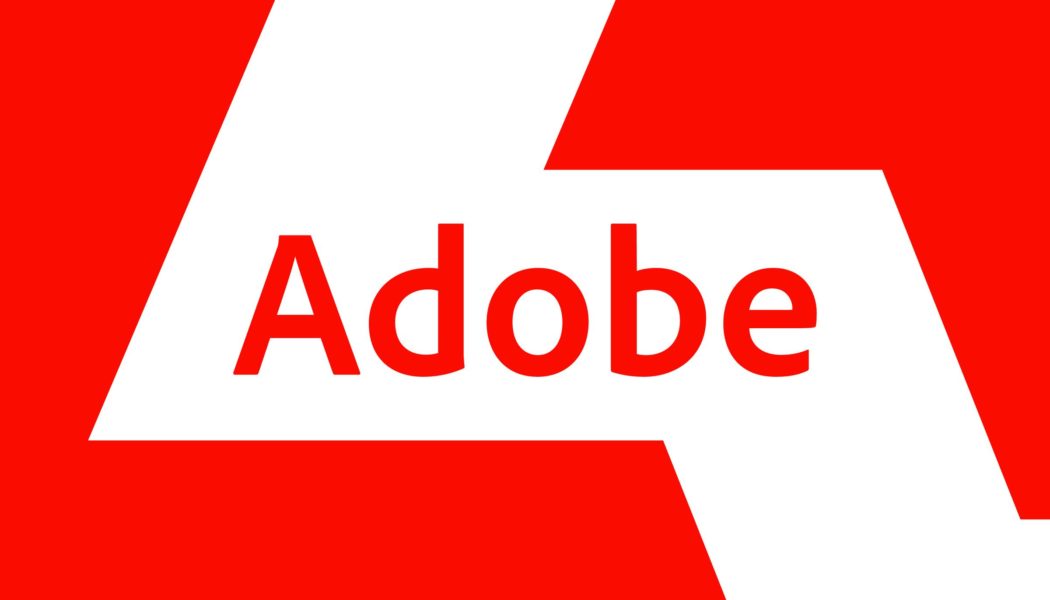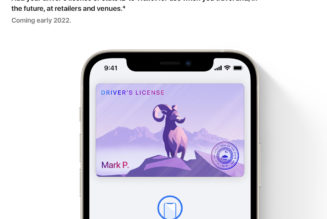The dismissal follows several weeks of criticism from the creative community regarding the company’s AI policies.
:format(webp)/cdn.vox-cdn.com/uploads/chorus_asset/file/23624357/acastro_STK124_03.jpg)
Adobe’s chief product officer, Scott Belsky, has responded to concerns regarding the company’s policies on artificial intelligence, claiming that Adobe has never used content created by its customers to train generative AI. “We have never, ever used anything in our storage to train a generative AI model,” Belsky said in an interview with Bloomberg on Tuesday. “Not once.”
Earlier this month, the Krita Foundation (a group building open-source graphics software) posted a screenshot of Adobe’s terms of service to Twitter, which reads, “Adobe may analyze your content using techniques such as machine learning (e.g., for pattern recognition) to develop and improve our products and services.” Some users interpreted this as Adobe using content created by its customers to train generative AI models and criticized the company for opting users into the content analysis by default.
The use of generative AI models like OpenAI’s DALL-E and Midjourney has sparked controversy in the creative community as the tech is often trained using datasets that contain images scraped from the internet without their creators’ permission. Many artists claim that generative art enables AI art prompters to capitalize on the work of human artists without adequate compensation.
Belsky referred to the criticisms as a “wake-up call” and said that the policy isn’t intended for image generation, instead allowing products to be analyzed in order to improve their features.
“We are rolling out a new evolution of this policy that is more specific,” Belsky said. “If we ever allow people to opt-in for generative AI specifically, we need to call it out and explain how we’re using it,” later adding, “We have to be very explicit about these things.”
Adobe has developed several products and tools that utilize AI algorithms, such as Adobe Sensei. Adobe Sensei is an intelligence layer that integrates with software like Photoshop, Lightroom, and Premiere Pro and can be used by creators to automate mundane or repetitive tasks — such as identifying elements within images like faces or buildings and suggesting tags for images within the Creative Cloud.
:format(webp)/cdn.vox-cdn.com/uploads/chorus_asset/file/24116953/ezgif_1_6b16a74786.jpg)
While other companies and content platforms have moved to restrict or outright ban AI-generated content, Adobe has taken a more flexible approach. In addition to working on its own AI tools, the company is also working on features to help highlight when images are altered or generated; a beta feature for Photoshop called Content Credentials was released during its Adobe Max 2022 conference, which allows creators to embed attribution metadata to an exported image.
During the same conference, Belsky also announced that Adobe is actively experimenting with generative AI technology. “We are committed to helping lead this transition by implementing Generative AI in our tools in a way that empowers artists and opens creativity to new people, but never seeks to replace human imagination and judgment,” Belsky said via a blog post. “we are working with the creative and technological communities to ensure that Generative AI is developed with transparency.”









